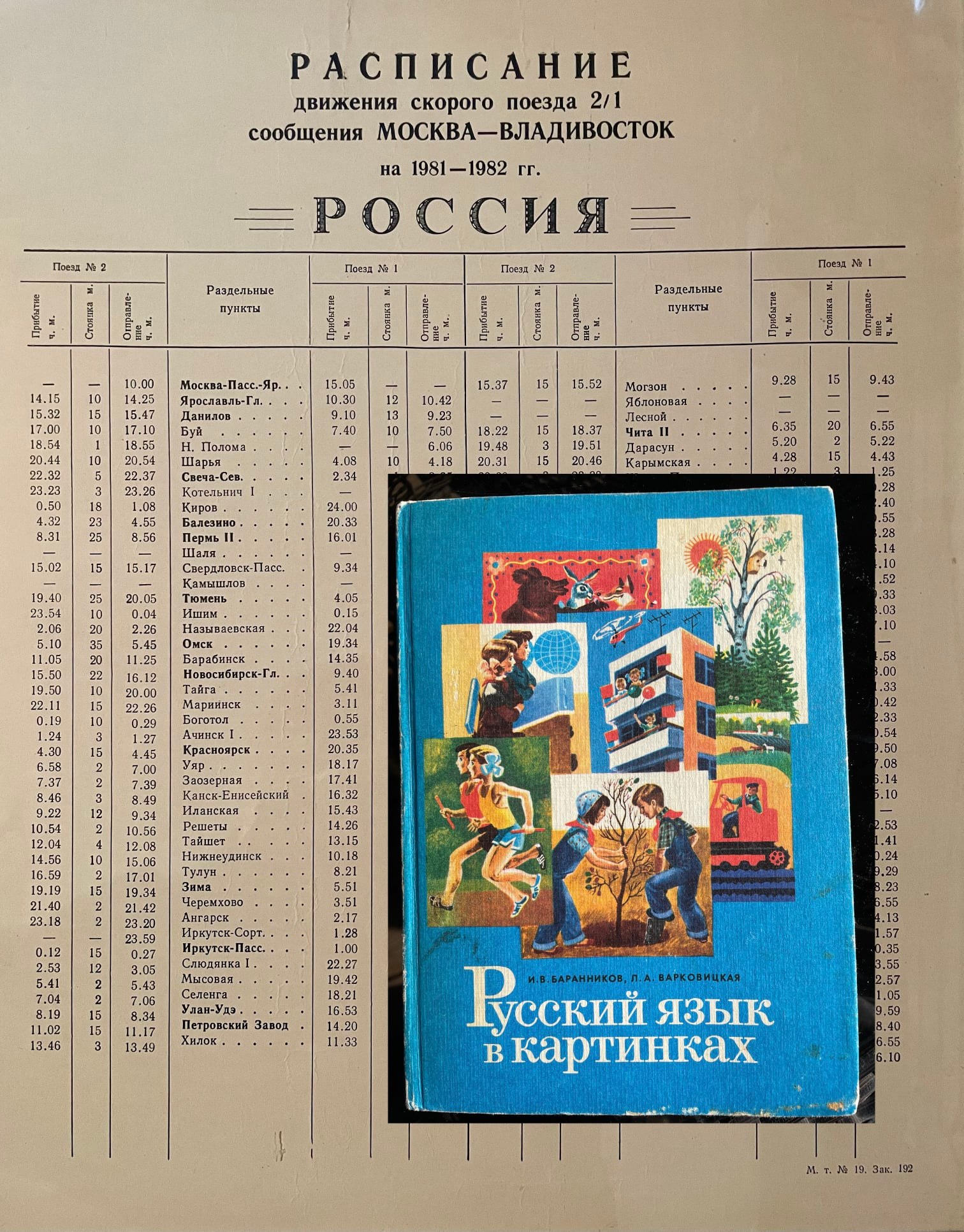MAY 7, 2022 – If Russians readily conceded that they didn’t enjoy the same level of material prosperity as Americans, it was because the American military threat had forced the USSR to spend even more money on defense. This was a nearly universal sentiment—er, Communist Party line—among the Russians I met. The truth, of course, lay more in the evidence I saw that the USSR was a fourth-rate power. Factory yards along the very western parts of the railway were so disorganized, they looked chronically embattled by tornadic winds. Coupled with what I’d seen of the “consumer economy,” I decided that for all its touted military strength, if the USSR projected its “missile might,” it couldn’t sustain the projection of power economically.
I remember thinking that the Communist Party line—cloaked in American nationalism—had equal traction in the United States. President Reagan’s insistence on development of the “Star Wars” missile defense system was tethered to the same logic, the same Kool-Aid that the Russians aboard the Trans-Siberian train had been fed. Many American Sovietologists and foreign policy experts later concluded that what had ultimately brought down the Soviet Empire was its inability to match American military spending. Doubtless that was a catalyst, but in witnessing firsthand the utterly broken Soviet economy, I concluded that a diversion of resources from “butter to guns” wasn’t the central problem of the USSR. It was a massively inefficient system of organizing the means of production and distribution.
Instead of reforming the system (Gorbachev’s efforts in the late 1980s were too little, too late), the Soviet government used smoke and mirrors to insulate its citizens from the truth. The “smoke” was the rationalization noted above—that a lower standard of living was “America’s fault” manifested in the perennial arms race. The “mirrors” came in the form of the permanent “Exposition of Economic Achievements” that I described in my 5/1/22 post and, interestingly, in a grade school primer that Zoe, Marie, and Valentina (see my 5/4/22 post) had inscribed and given to me as a souvenir.
This remarkable book was as much a work of propaganda as it was an instrument of literacy. It was filled with images of a highly developed economy, pumping out consumer goods in abundance—everything from mass-produced TV sets to modern kitchen appliances to supermarkets with over-flowing shelves. And of course, the book featured all kinds of heavy-duty production, such as oil, steel, motor vehicles, and so on. The illustrations further depicted a magnificently happy and well-adjusted society, smiling and carrying on as if everyone lived in the most well-to-do corners of the most prosperous towns and cities of the United States.
Tell people big enough lies for a long enough time and the lies become truth.
The primer was a full-spectrum work. It even contained painted images of the Lenin God being kind and avuncular toward children; sequenced illustrations depicting soldiers as good Samaritans; and a series of pictures of a young villager giving intelligence to a squad of Soviet soldiers who proceed to ambush a much larger group of “Fascist” enemies (identifiable as such by their WW II German army helmets), and being awarded a medal for having saved the day.
In any event, however, that primer—and my friends’ warm-hearted inscription inside the front cover—is my prized souvenir from the train. (Cont.)
(Remember to subscribe to this blog and receive notifications of new posts by email.)
© 2022 by Eric Nilsson
